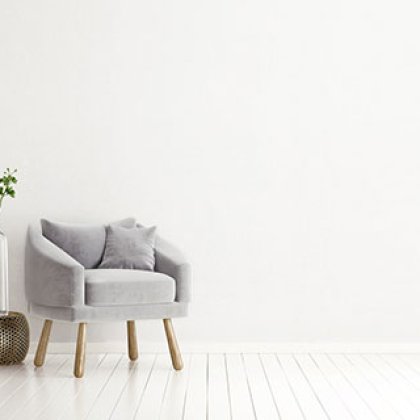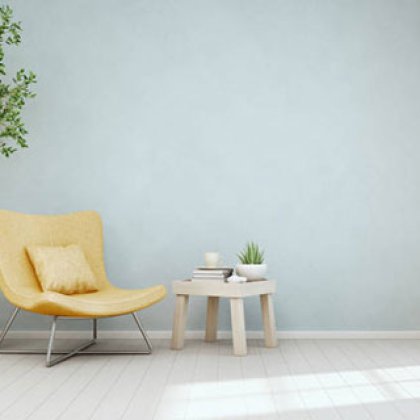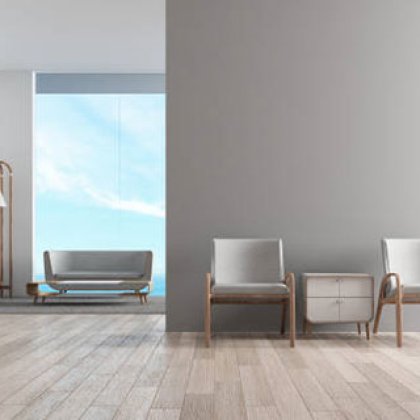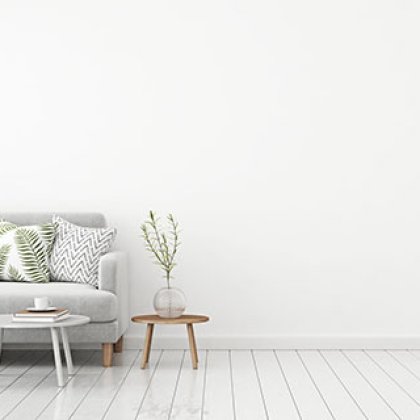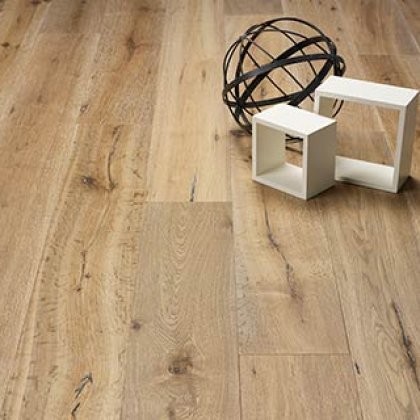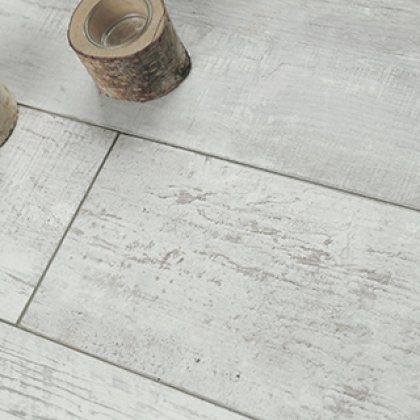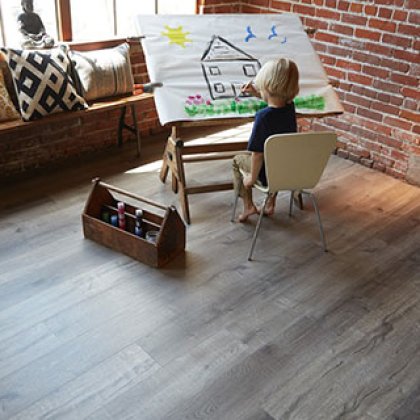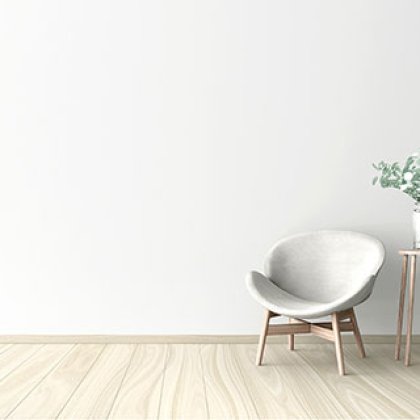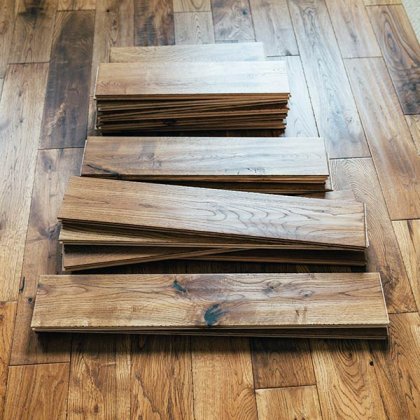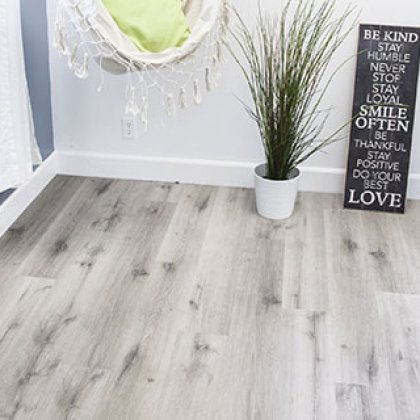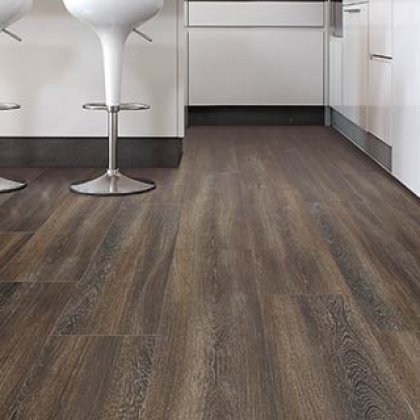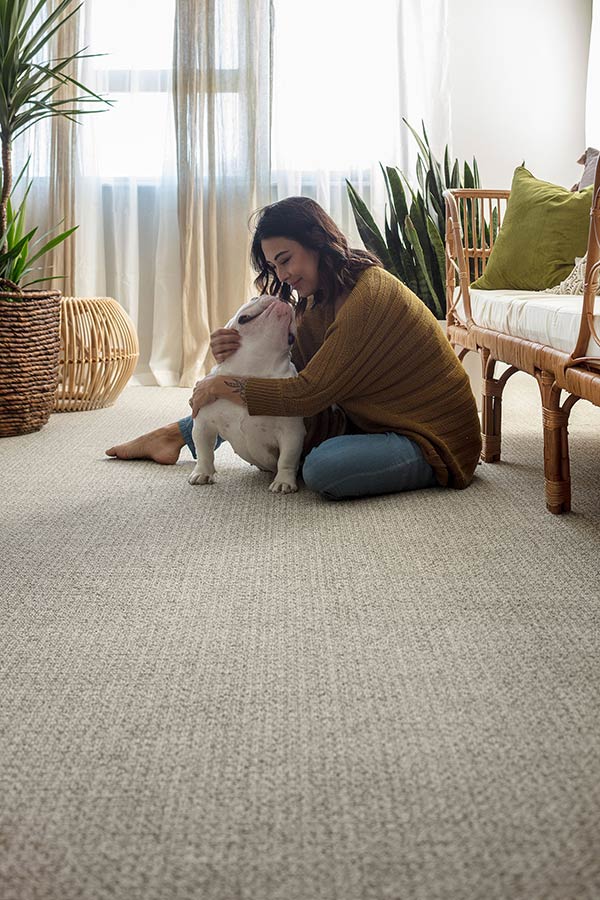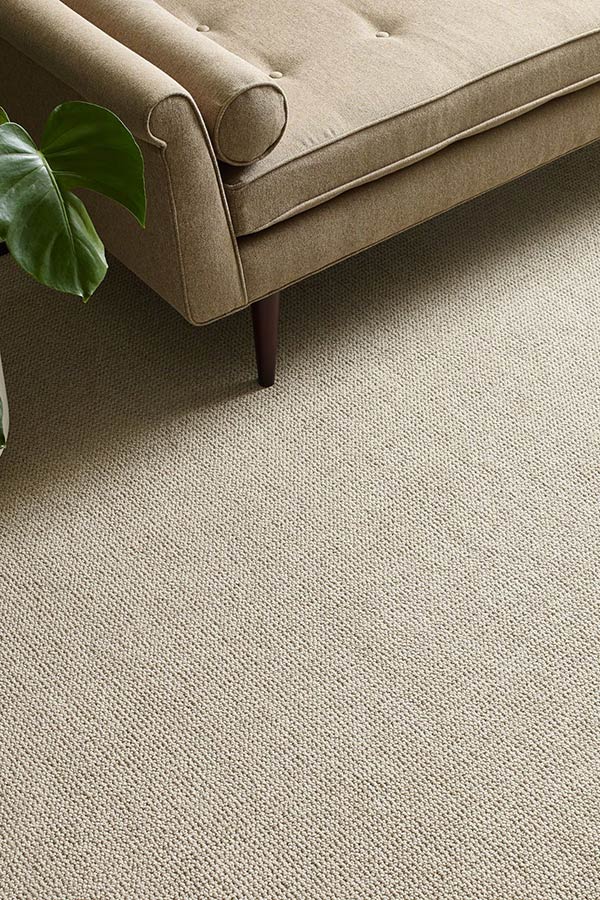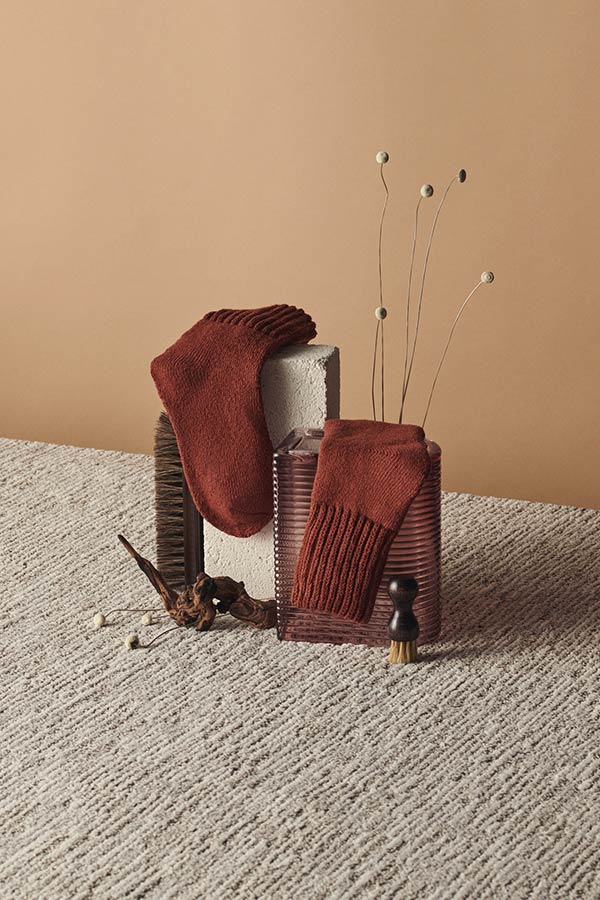Carpet Flooring
Carpet flooring has been a staple in homes for decades, offering unparalleled comfort and warmth. Despite the rise of hard surface flooring options, carpet remains a popular choice, with the global carpet market expected to reach $73.9 billion by 2026. This enduring popularity is a testament to carpet's unique ability to combine comfort, style, and functionality in ways that hard surfaces simply can't match.
Modern carpet flooring has come a long way from its predecessors. Today's carpets boast advanced fibers, improved stain resistance, and a wide array of textures and patterns that cater to diverse design preferences. Whether you're looking to create a cozy bedroom retreat, a plush living room, or a sound-dampening home office, carpet flooring offers solutions to meet your needs.
At its core, carpet consists of fibers – either natural or synthetic – attached to a backing. The fibers can be looped, cut, or a combination of both, creating various textures and pile heights. This versatility allows carpet to adapt to different room functions and aesthetic preferences, from low-pile options ideal for high-traffic areas to luxurious, deep-pile carpets perfect for bedrooms and formal living spaces.
One of the most significant advantages of carpet flooring is its ability to enhance the comfort and warmth of a room. It provides a soft surface underfoot, absorbs sound, and acts as an additional layer of insulation, potentially reducing energy costs. For families with young children or elderly members, carpet offers a safer surface, reducing the risk of slip-and-fall accidents.
As environmental concerns grow, many carpet manufacturers now offer eco-friendly options. These include carpets made from recycled materials, those produced using sustainable manufacturing processes, and options with low VOC emissions for better indoor air quality. By choosing carpet, you can create a comfortable home while also being mindful of your environmental impact.

